

"Gold is most excellent; gold constitutes treasure; and he who has it does all he wants in the world, and can even lift souls up to Paradise."
-- Christopher Columbus, 1503 letter to the king and queen of Spain.
"Christopher Columbus not only opened the door to a New World, but also set an example for us all by showing what monumental feats can be accomplished through perseverance and faith."
--George H.W. Bush, 1989 speech
If you fly over the country of Haiti on the island of Hispaniola, the island on which Columbus landed, it looks like somebody took a blowtorch and burned away anything green. Even the ocean around the port capital of Port au Prince is choked for miles with the brown of human sewage and eroded topsoil. From the air, it looks like a lava flow spilling out into the sea.
The history of this small island is, in many ways, a microcosm for what's happening in the whole world.
When Columbus first landed on Hispaniola in 1492, virtually the entire island was covered by lush forest. The Taino "Indians" who loved there had an apparently idyllic life prior to Columbus, from the reports left to us by literate members of Columbus's crew such as Miguel Cuneo.
When Columbus and his crew arrived on their second visit to Hispaniola, however, they took captive about two thousand local villagers who had come out to greet them. Cuneo wrote: "When our caravels... where to leave for Spain, we gathered...one thousand six hundred male and female persons of those Indians, and these we embarked in our caravels on February 17, 1495...For those who remained, we let it be known (to the Spaniards who manned the island's fort) in the vicinity that anyone who wanted to take some of them could do so, to the amount desired, which was done."
Cuneo further notes that he himself took a beautiful teenage Carib girl as his personal slave, a gift from Columbus himself, but that when he attempted to have sex with her, she "resisted with all her strength." So, in his own words, he "thrashed her mercilessly and raped her."
While Columbus once referred to the Taino Indians as cannibals, a story made up by Columbus - which is to this day still taught in some US schools - to help justify his slaughter and enslavement of these people. He wrote to the Spanish monarchs in 1493: "It is possible, with the name of the Holy Trinity, to sell all the slaves which it is possible to sell...Here there are so many of these slaves, and also brazilwood, that although they are living things they are as good as gold..."
Columbus and his men also used the Taino as sex slaves: it was a common reward for Columbus' men for him to present them with local women to rape. As he began exporting Taino as slaves to other parts of the world, the sex-slave trade became an important part of the business, as Columbus wrote to a friend in 1500: "A hundred castellanoes (a Spanish coin) are as easily obtained for a woman as for a farm, and it is very general and there are plenty of dealers who go about looking for girls; those from nine to ten (years old) are now in demand."


































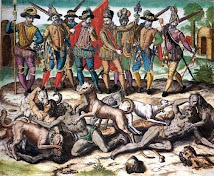

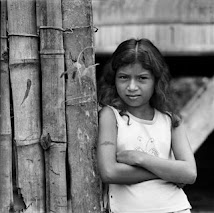

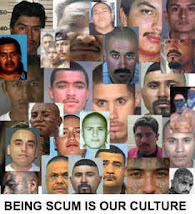.jpg)




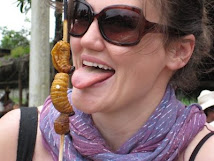

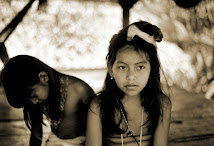.jpg)







No comments:
Post a Comment